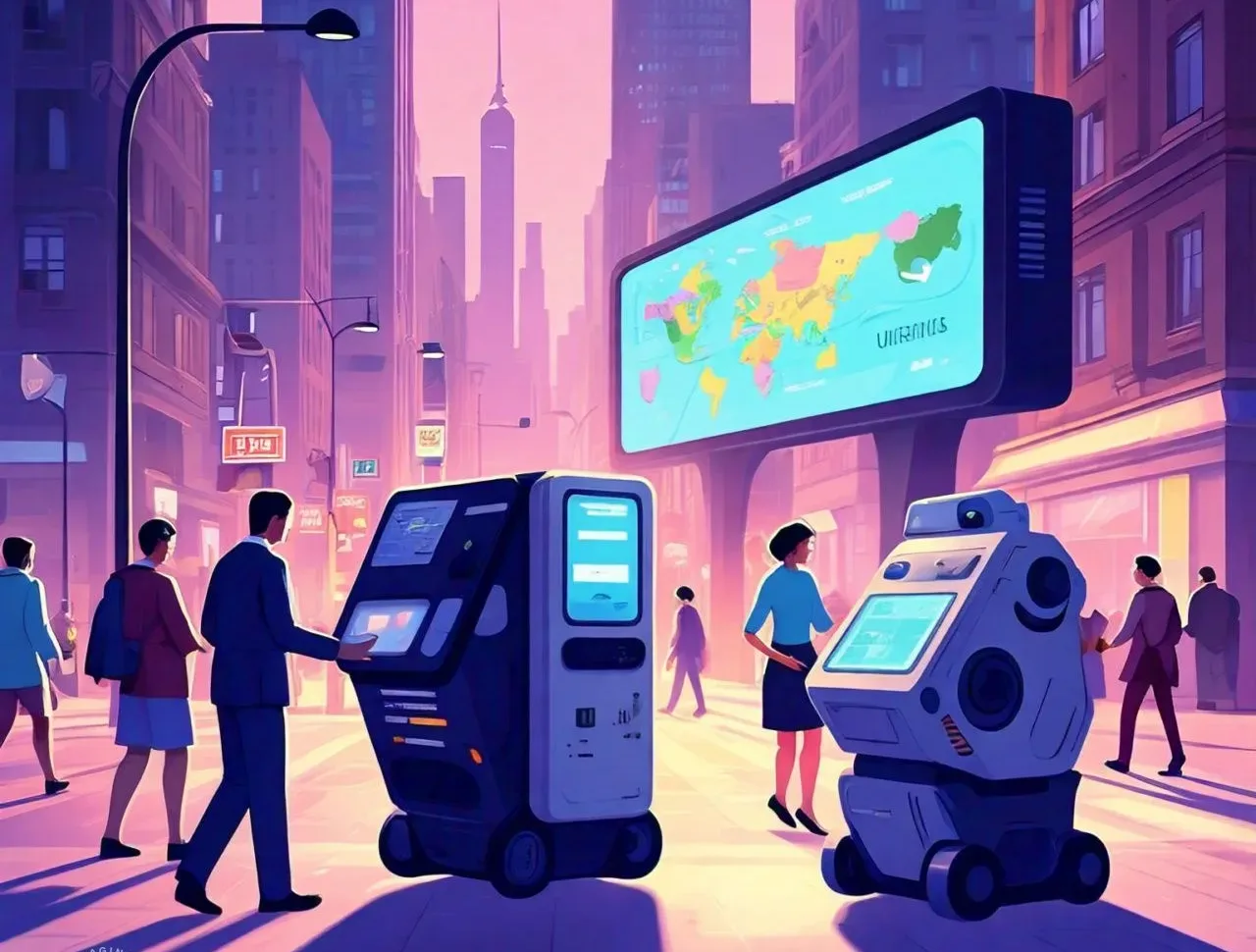The Article Tells The Story of:
- The robotics industry secured $12.8 billion in venture capital by mid-2024, surpassing the $11.6 billion raised in 2023, driving innovation.
- Robots still struggle with tasks requiring dexterity and navigation, such as handling objects or navigating elevators, presenting key challenges.
- Generative AI systems like MIT’s PRoC3S enhance robotic capabilities by simulating tasks in virtual environments, reducing errors and improving adaptability.
- By 2025, advances in AI and robotics may enable robots to take on public-facing roles, transforming workplace operations.
The Rise of AI-Powered Robots in Everyday Roles
Advances in robotics and artificial intelligence (AI) are reshaping industries. By 2025, robots may play larger roles in public-facing jobs, revolutionizing workplaces and creating new opportunities. Businesses are eager to adopt AI-powered robots, as highlighted by The Wall Street Journal (WSJ) on Dec. 31.
Check Out Latest Article of Dementia Care is Revolutionize by Cuddly Robots Published on May 20, 2024 – SquaredTech
A Billion-Dollar Industry on the Rise
The robotics sector continues to attract substantial investment. According to PitchBook data, the industry secured $12.8 billion in venture capital by mid-December 2024, surpassing the $11.6 billion raised in all of 2023. This funding surge fuels innovation, enabling robot developers to explore more complex applications.
Overcoming Challenges in Human Interaction
While robots are becoming smarter, interacting seamlessly with humans remains a hurdle. Simple tasks like picking up random objects or navigating elevators present difficulties for current technology.
David Pinn, CEO of Brain Corp, explains that tasks requiring human-like dexterity are tough for robots. His company creates software for automated robots used in retail, yet even advanced machines struggle with seemingly straightforward activities.
At Houston Methodist health system, robots designed to deliver towels and inspect fire extinguishers faced challenges like bumping into obstacles and confusion in elevators. Such issues highlight the need for better adaptability and dexterity, areas where generative AI shows promise.
AI Systems Driving Innovation
Generative AI can train robots to handle tasks requiring precision and adaptability. For instance, MIT researchers have developed PRoC3S, an AI system that enhances robots’ ability to manage oddly shaped packages and crowded environments. By combining language models with computer vision, PRoC3S simulates actions in virtual environments before execution, improving accuracy.
Erik Nieves, CEO of Plus One Robotics, describes PRoC3S as a step beyond traditional AI guidance. It allows robots to learn in a simulated environment, reducing errors and increasing efficiency. This system could redefine how warehouse robots perform tasks requiring human-like dexterity.
The Future of Robotics in Public Spaces
Generative AI and advanced robotics are paving the way for robots to work alongside humans. By solving challenges in mobility and precision, AI-powered robots could soon become vital in public-facing roles. As investments grow and technology evolves, 2025 might indeed mark a turning point for robotics in workplaces.
More News: Artificial Intelligence


